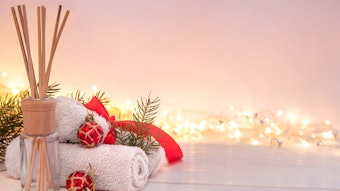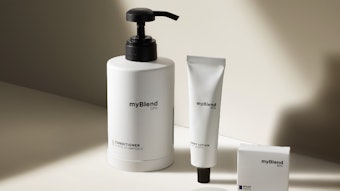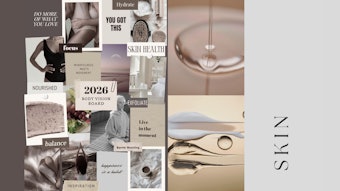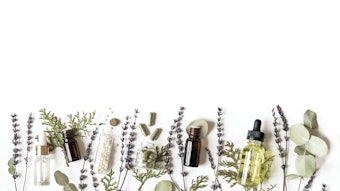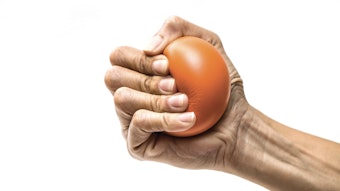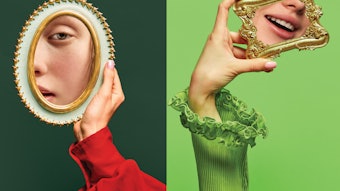WellandGoodNYC.com, a Web site focused those seeking wellness experiences in New York City, has offered up a list of 10 of the hottest trends in the city for the coming year.
There’s virtually a yoga studio on every block, a spa for every Starbucks and an acupuncturist for every ailment. And the quickly changing well-being landscape means this year’s health innovation is next year’s New York magazine coverline.
1. No reservations needed: Beauty saddles up to the bar
Bloomingdales’s recent overhaul of its Dynasty-era cosmetics arena is a sign of the democratic times. It’s full of quickie, communal services like Shu Uemura’s Tokyo Lash Bar, and a walk-in Bumble and Bumble styling bar. At SoHo’s Dermalogica store, targeted 20-minute express services are done in the retail area next to a Skin Bar with face steamers and product sampling. That’s not unlike exhale spas, which added Wellbars featuring express services. In 2010, look for retailers and spas to incorporate more easy, breezy communal experiences.
2. Hello single-shingle proprietor; farewell outsize splashy spa
Highly skilled healers and top-notch therapists will trump outsize spa meccas, Bisazza tile-lined wet lounges and heavily scripted treatment rituals as the reason for spa visits in 2010. More in demand: Building a personal ongoing relationship with a trusted bodyworker or facialist, and low-key surrounds. (Luxe spas with well-being and prevention services in their menus will fare better than purely pampering ones.)
3. Juice bars and cleanses go mainstream
Juice aficionados used to have only one option—the gnarly neighborhood juice bar, or a few notable exceptions like Liquiteria. Larger, local players such as Blue Print Cleanse and Organic Avenue, with their cold-press facilities, delivery service, expert guidance, and marketing savvy, are now bringing high-quality juices to new drinkers who previously found juicing intimidating.
4. Core engagement infiltrates every type of exercise
Pilates used to have a monopoly on the core. Now most other fitness modalities—from Spinning at Soul Cycle to BarWorks at YogaWorks and, of course, exhale spa’s Core Fusion Sport—have taken a page from the Pilates playbook and have made core awareness and activation a central component of the exercise.
5. Urban homesteading: DIY veggie-canning and fruit-dehydrating become super chic
The city’s best kitchens are going DIY. Marlow & Sons, for example, does all its butchering in-house, so they can buy whole animals directly from farmers. And New Yorkers are embracing canning classes and fruit dehydration like it’s 1899. Classes at the Brooklyn Kitchen, a DIY mecca, include canning with Kelly Geary and brewing kombucha with Eric Childs, and Rachel Graville teaches food dehydration techniques at Whole Foods. Call it a quest for purity and transparency in food sourcing, with the bonus social aspect of group prepping.
6. Yin and yang in yoga: mega-studios and boutique studios
WellandGoodNYC.com predicts 2010 will be a year of yoga studio extremes. On one end of the spectrum, mega-studios such as YogaWorks and Pure Yoga add gym-like amenities—think showers and towels, steam and sauna—and use a monthly membership model for revenue. On the other end, intimate, quirky, and donation-only studios like Yoga to the People and Namaste Yoga & Tranquility Center become increasingly popular for less-corporate yogis and freelancers.
7. Meet the specialist acupuncturist
Western docs give us five minutes, an antibiotic, and send us on our way, a prescription for health that just doesn’t track with natural-living New Yorkers. That could be why, as acupuncture moves into the mainstream, the needle-wielding practitioners are becoming as specialized as their Western MD counterparts, with fortes in fertility (Jill Blakeway) and oncology support (Joan Boccino) to facial rejuvenation (Beth Hooper and Laura Kauffmann). We predict more group practices where seasonal allergies, sports injuries and insomnia are treated under one roof.
8. Fitness fashion trends go feminine
The demand for Lululemon and Omala skeggings prove that there is such a thing as female fitness gear, and that NYC women are willing to pay for the butt-flattering styles, chic comfort and athletic street cred, just like the guys have done for years.
9. Practitioners who make products
First, the dermatologists did it. Then the facialists. Now a handful of New York City acupuncturists, massage therapist, and other healing types are creating their own product lines that supplement their work and their wholesome philosophies. Many of these organic beauty and health remedies are USDA certified and handmade: Buddha Nose by Shiatsu practitioner-and yogi Amy Galper; Hope Gillerman’s aroma remedies inspired by her Alexander Technique students, and She Essential Beauty, created by two NYC acupuncturists, uses Chinese herbs.
10. Return of The Big Sweat
Gentle workouts have become as passé as Tae Bo. New Yorkers are swapping expensive gym memberships for running sneakers. Hitting the pavement for a run or the city’s parks for pay-as-you-go boot camps have become the new yoga. Even lengthening workouts demand perspiration: Physique 57, Pilates’ spunky little sister, gets you sweating after just five minutes.
About WellandGoodNYC.com
In July 2009, Melisse Gelula and Alexia Brue founded WellandGoodNYC.com as one of the best sources for quirky, in-the-know wellness experiences in New York City. As accomplished book and magazine writers, Gelula and Brue bring their expertise covering travel, spas and beauty to bear on this holistic-minded website, which publishes daily and will feature a subscriber e-mail in early 2010.
Well+Good connects savvy, cost-conscious New York women to alternative health practices, hard-to-find beauty products, practitioners it loves, restorative nearby getaways, yoga classes worth joining, local experts it trusts and healthy food trends. Also invaluable is the Web site’s coverage of trends to skip, spa treatments to avoid, and wellness wannabes that just don’t deliver. By quickly sharing information and insights via its homepage, Twitter, and Facebook—and by taking a journalistic approach to this underserved and often misrepresented beat—WellandGoodNYC.com helps New Yorkers find inexpensive and accessible ways to feel well and good.


